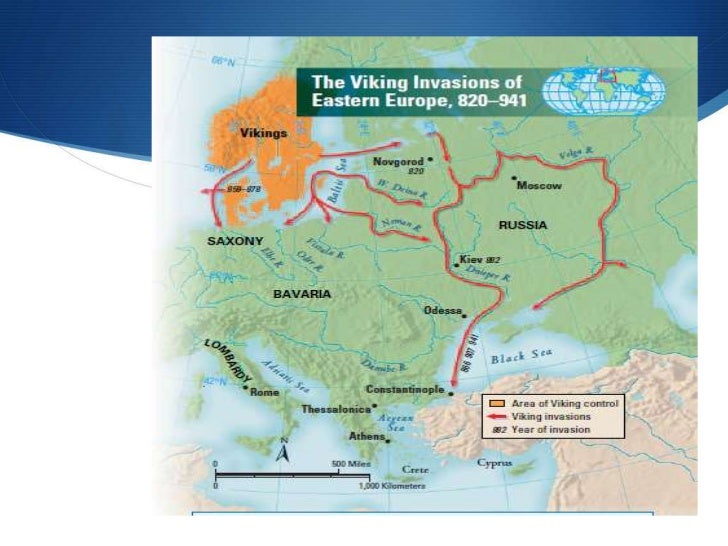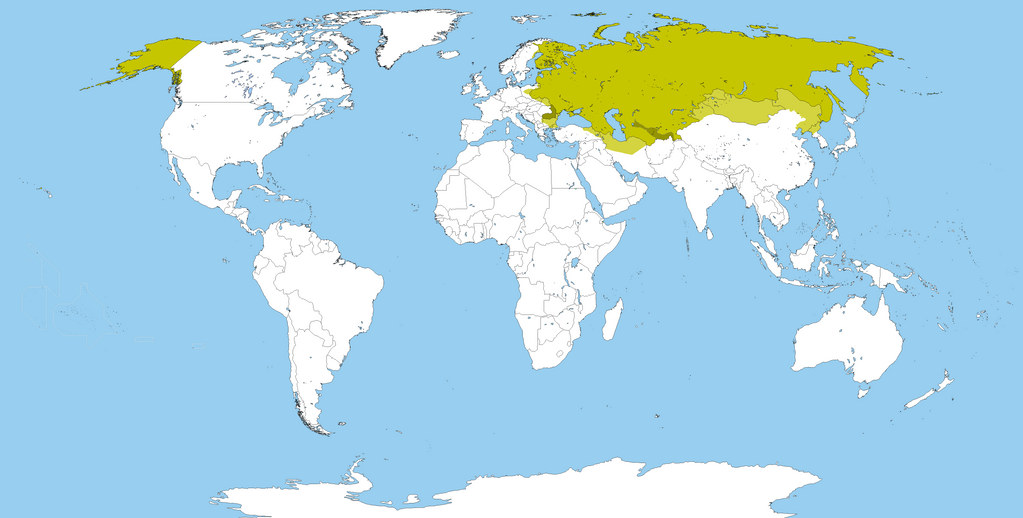

About restaurant. Why did we name the Restaurant “Russian Ampir”? Originally, Empire (in Russia “Ampir”) is the architectural style, it originated in and took its name from the rule of Napoleon I in the First French Empire, in the following, this architectural style was adopted and altered by Russian architects and got the name the
More active discriminatory policies began when the partition of Poland in the 18th century which resulted, for the first time in Russian history, in the possession of land with a large population of Jews.




I cannot forecast to you the action of Russia. It is a riddle, wrapped in a mystery, inside an enigma; but perhaps there is a key. That key is Russian national interest.



Around 1905, Prokudin-Gorsky envisioned and formulated a plan to use the emerging technological advances that had been made in color photography to document the Russian Empire systematically.

The Rule of Russian Empire in Lithuania (1795-1918) What initially started as a mere change of the ruler from a Polish-Lithuanian king to a Russian czar eventually led to a major russification drive.
This Russian Empire Timeline gives a brief overview of key events during the history of the Russian Empire, with a particular focus on its expansion and conflicts with other countries and empires.
Just to remind you if you didn’t see – there is a Prokudin-Gorsky photographer exist who made tens of photos of Russian Empire in color. They are not colorized later – they were actual color captured back then, 100 and more years ago.
Official website of the Majestic Theatre and Charline McCombs Empire Theatre. San Antonio’s premier performing arts facilities for public and private events.
The Russian Empire (Russian: Российская Империя) or Russia was an empire that existed across Eurasia and North America from 1721, following the end of the Great Northern War, until the Republic was proclaimed by the Provisional Government that took power after the February Revolution of 1917.
A detailed account of the 1905 Russian Revolution that includes includes images, quotations and the main events of the subject. Key Stage 3. GCSE World History.
